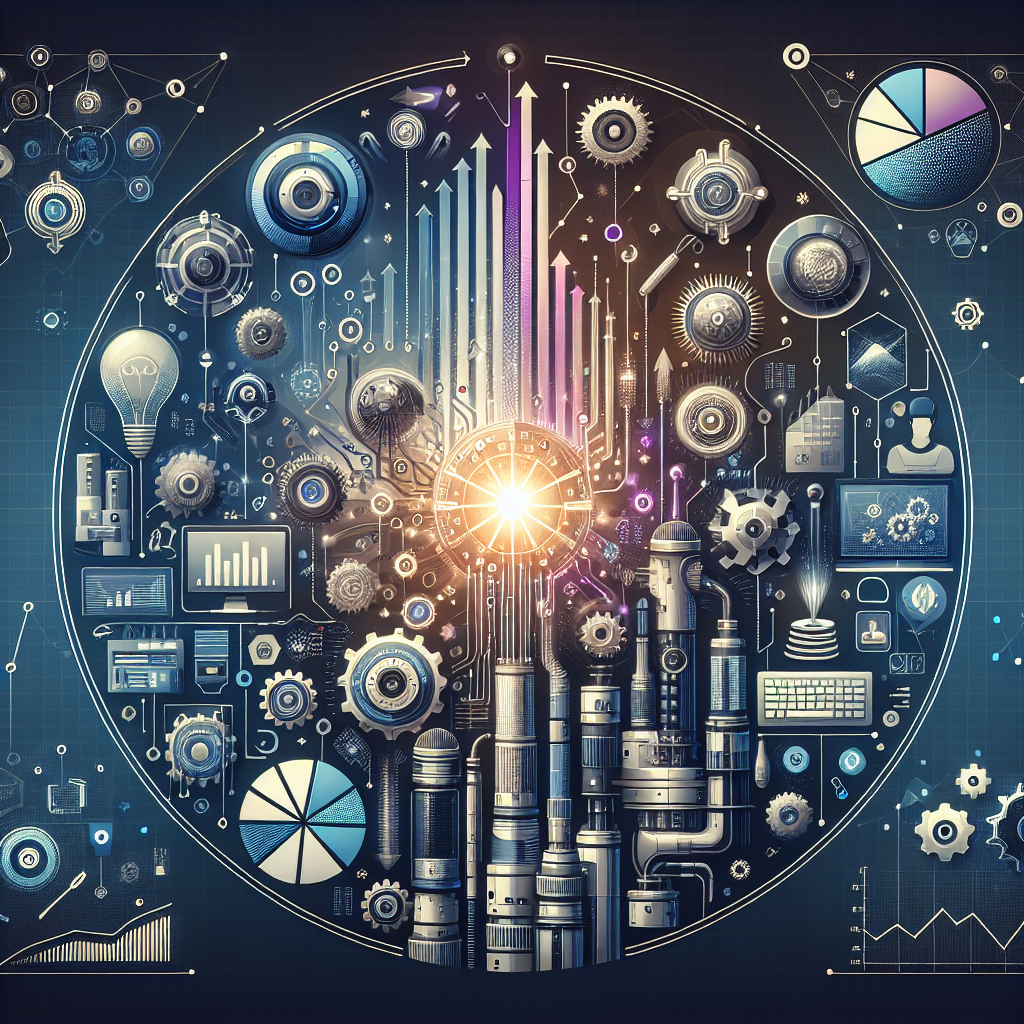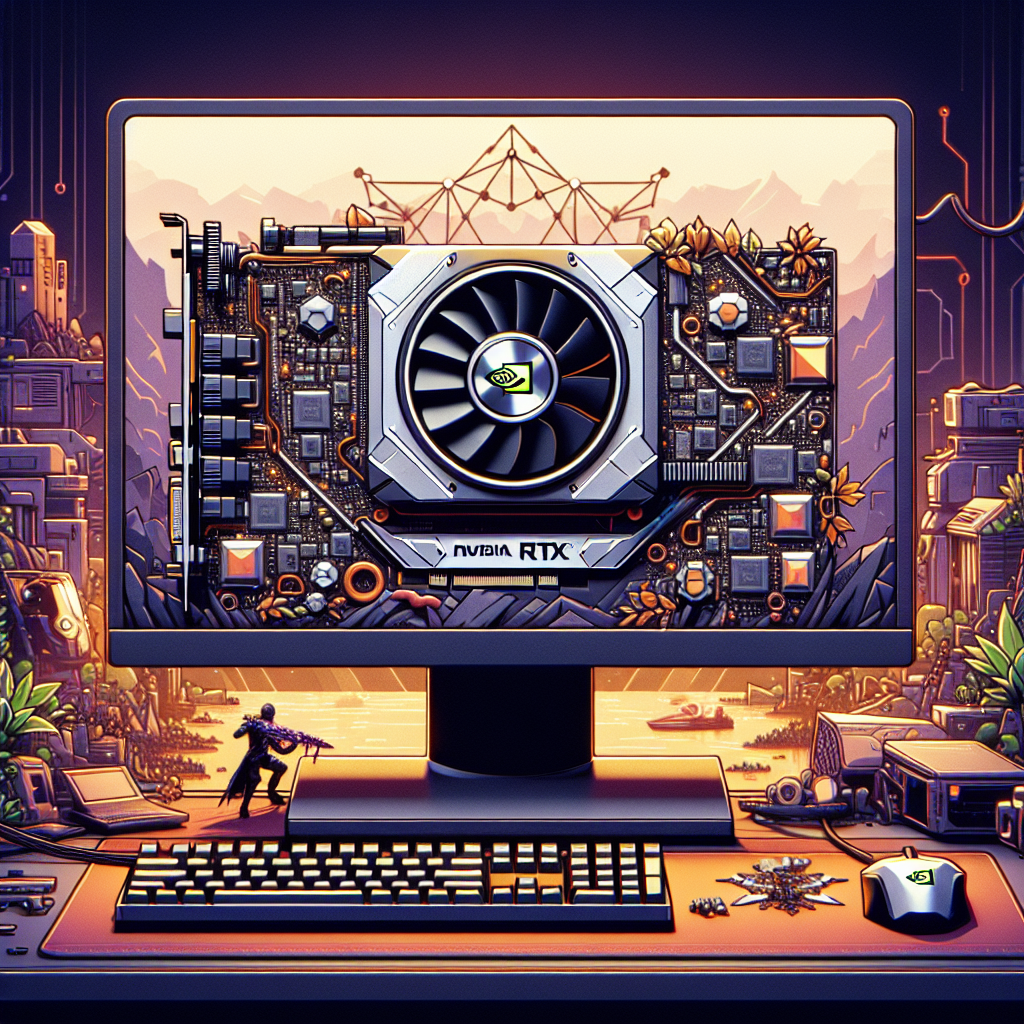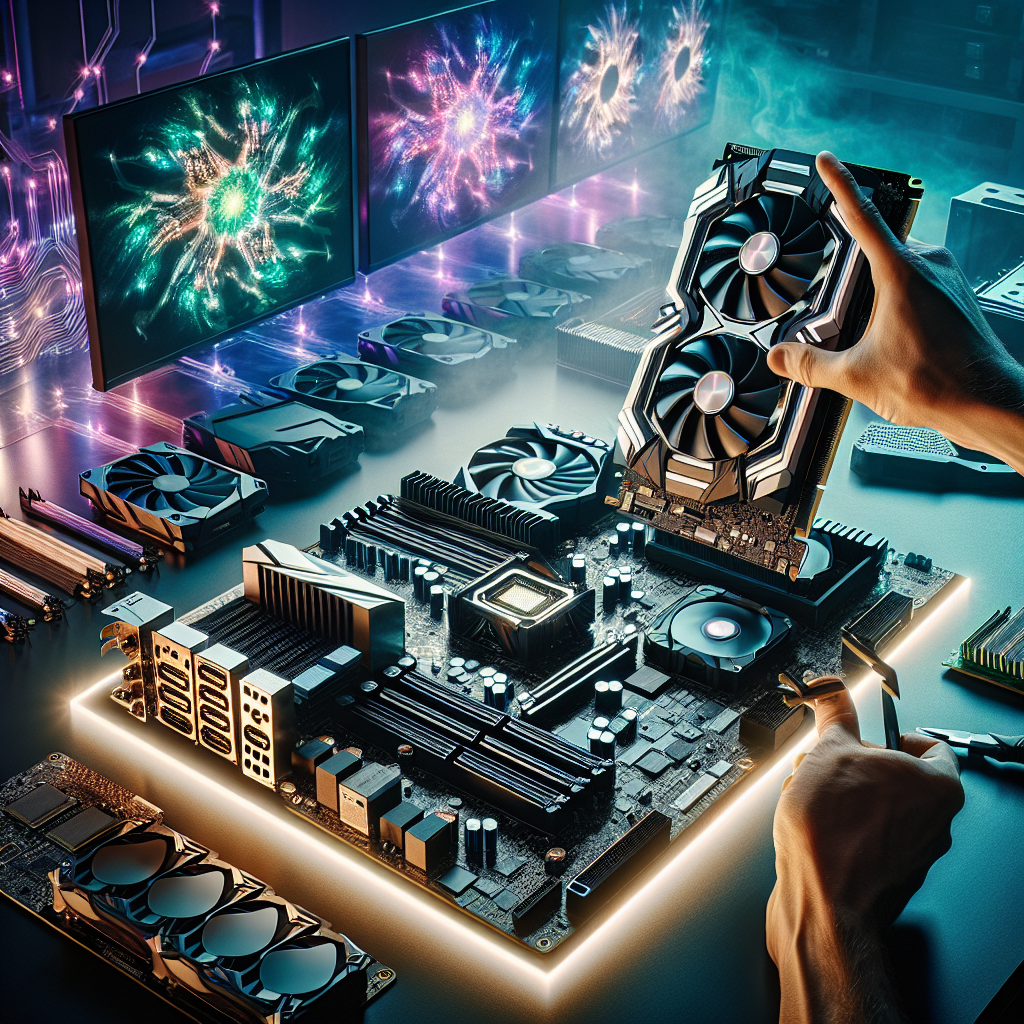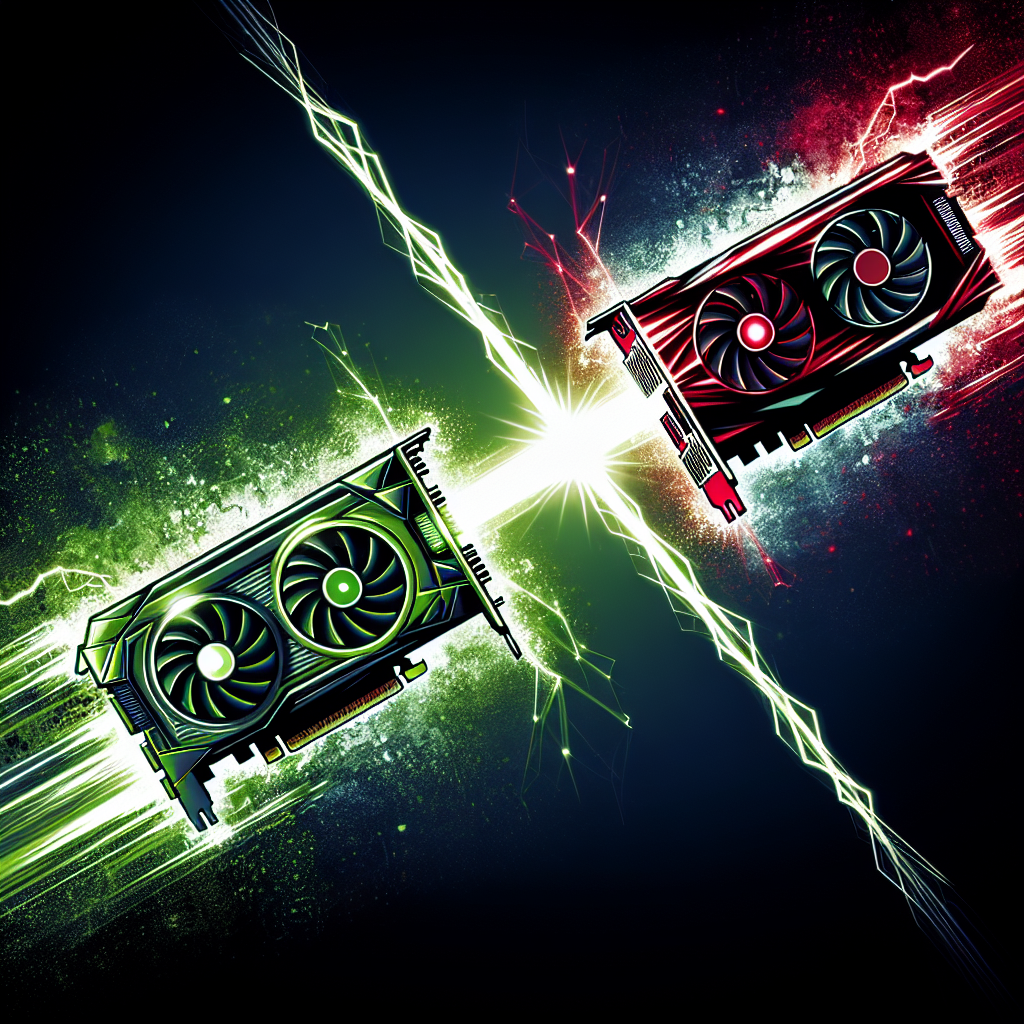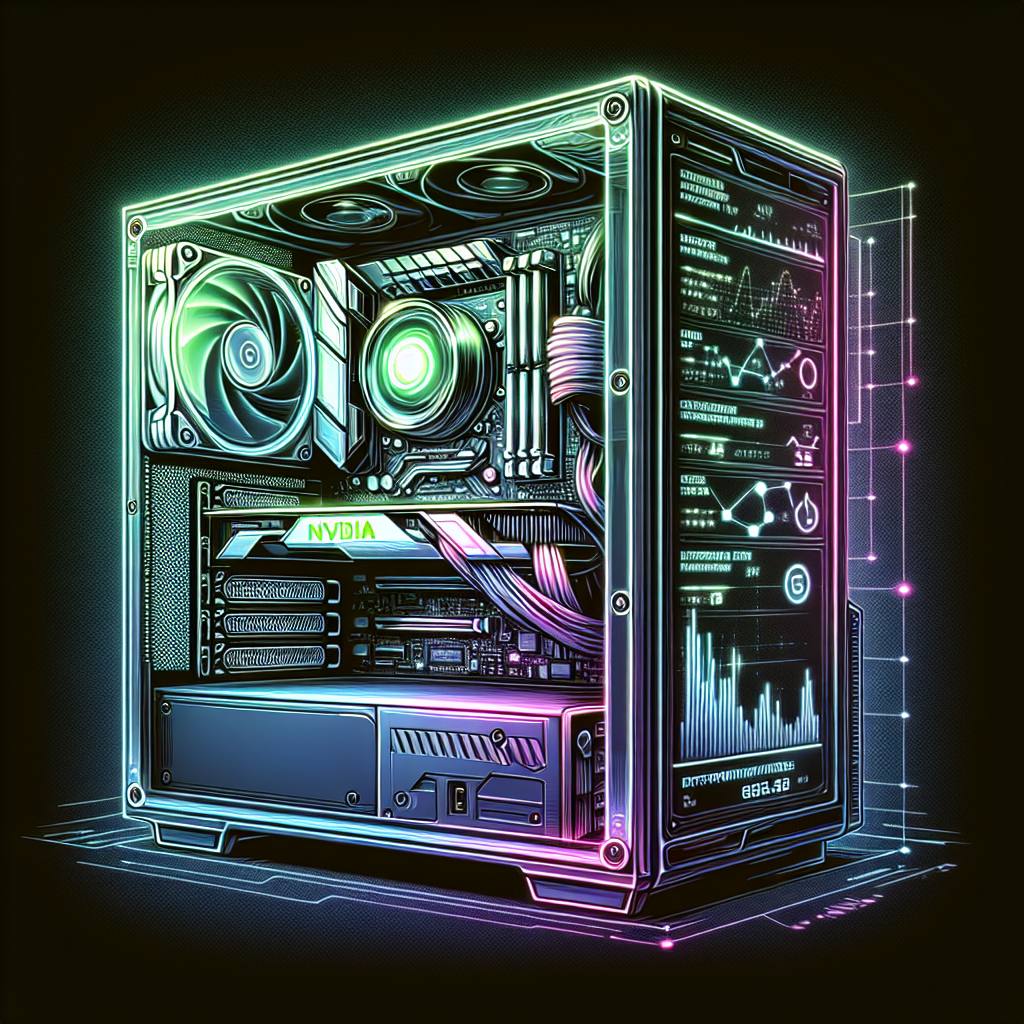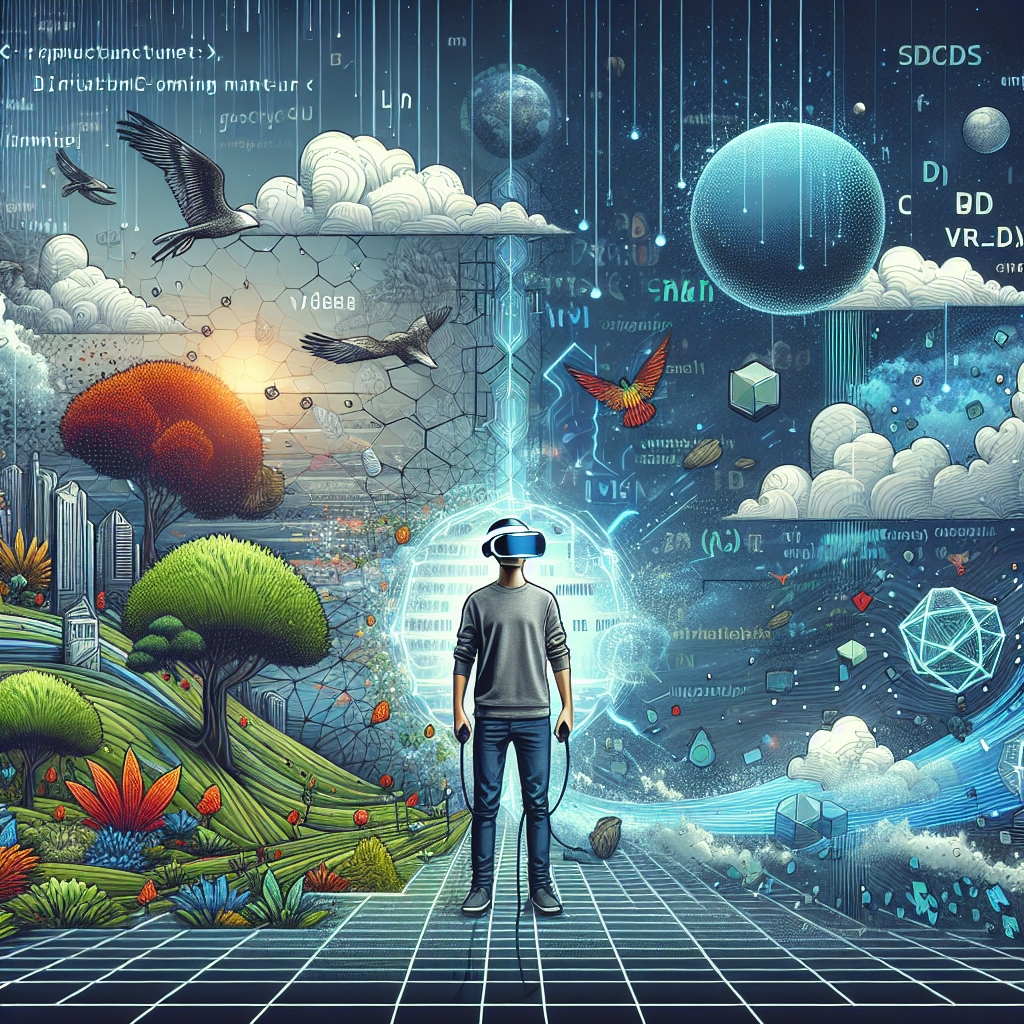In recent years, artificial intelligence (AI) has become a game-changing technology that is revolutionizing industries across the globe. One company at the forefront of this AI revolution is NVIDIA, a leading technology company known for its cutting-edge graphics processing units (GPUs) that are now being used to power AI applications.
NVIDIA’s GPUs are particularly well-suited for AI tasks because of their ability to handle large amounts of data in parallel. This makes them ideal for deep learning, a subset of AI that involves training neural networks on massive datasets to recognize patterns and make predictions. By harnessing the power of NVIDIA AI, companies in a wide range of industries are finding new ways to drive innovation, improve efficiency, and unlock new revenue streams.
One industry that is leveraging NVIDIA AI technology is healthcare. Hospitals and research institutions are using AI-powered image recognition algorithms to analyze medical images such as X-rays and MRIs, allowing for faster and more accurate diagnoses. This can lead to improved patient outcomes and reduced healthcare costs. NVIDIA’s GPUs are also being used to develop personalized medicine solutions that can tailor treatments to individual patients based on their genetic makeup.
In the financial services industry, NVIDIA AI is being used to detect fraud and enhance cybersecurity. Banks and financial institutions are using AI algorithms to analyze vast amounts of transaction data in real time, flagging suspicious activity and preventing fraudulent transactions. This not only protects customers from financial loss but also helps financial institutions comply with regulations and maintain trust with their clients.
In the retail sector, companies are using NVIDIA AI to improve customer experience and boost sales. AI-powered recommendation engines analyze customer data to provide personalized product recommendations, increasing engagement and driving conversions. Retailers are also using AI to optimize their supply chain operations, forecasting demand and managing inventory more efficiently.
In the automotive industry, NVIDIA AI is powering the development of self-driving cars. By processing data from sensors and cameras in real time, AI algorithms can make split-second decisions to navigate through traffic and avoid accidents. This technology has the potential to revolutionize transportation, making roads safer and more efficient.
Overall, the possibilities are endless when it comes to harnessing the power of NVIDIA AI. Companies across industries are finding innovative ways to leverage this technology to drive success and stay ahead of the competition. As AI continues to evolve and improve, the potential for even greater advancements in technology and business is limitless. With NVIDIA leading the charge, the future looks bright for companies looking to harness the power of AI for success.
